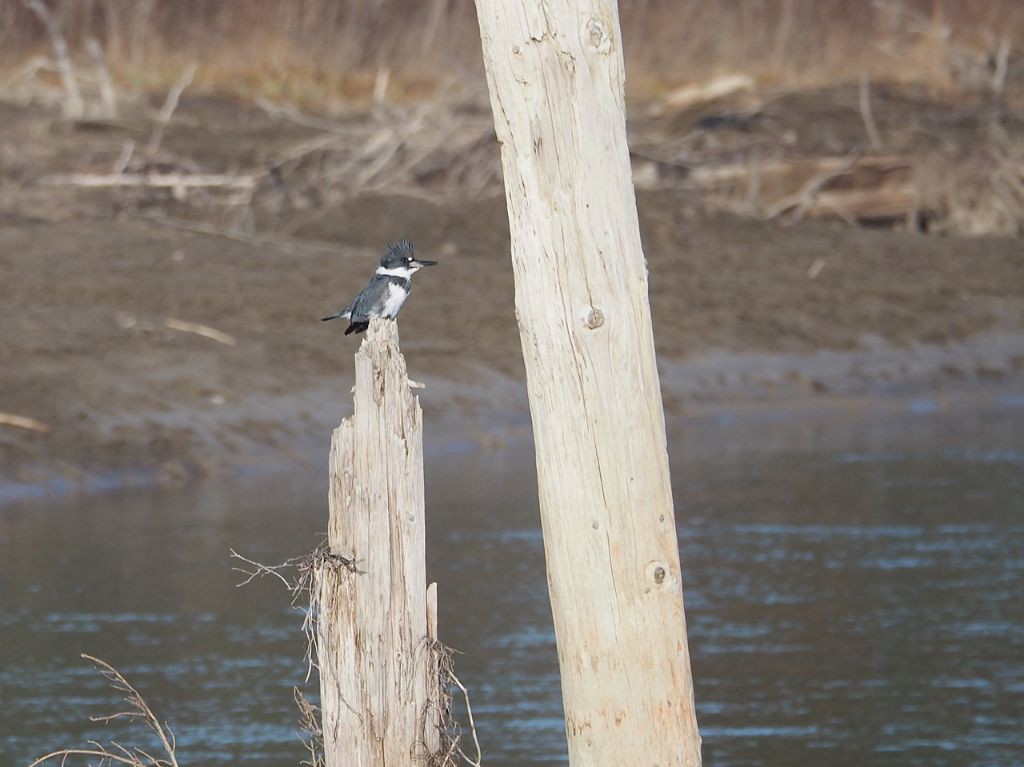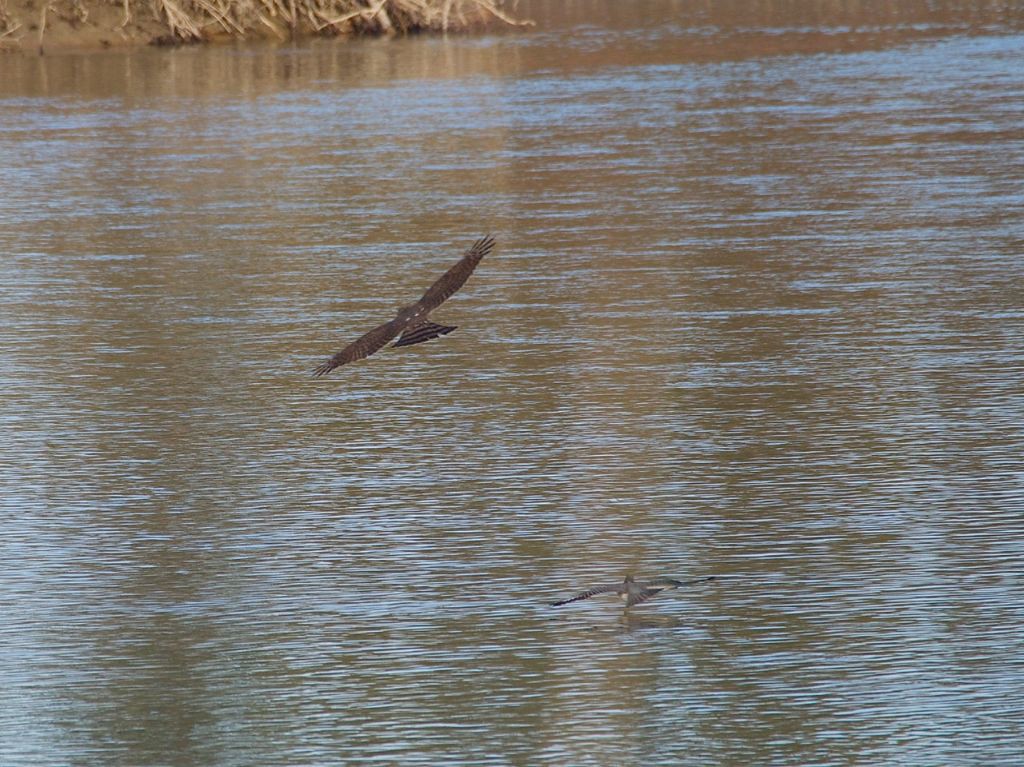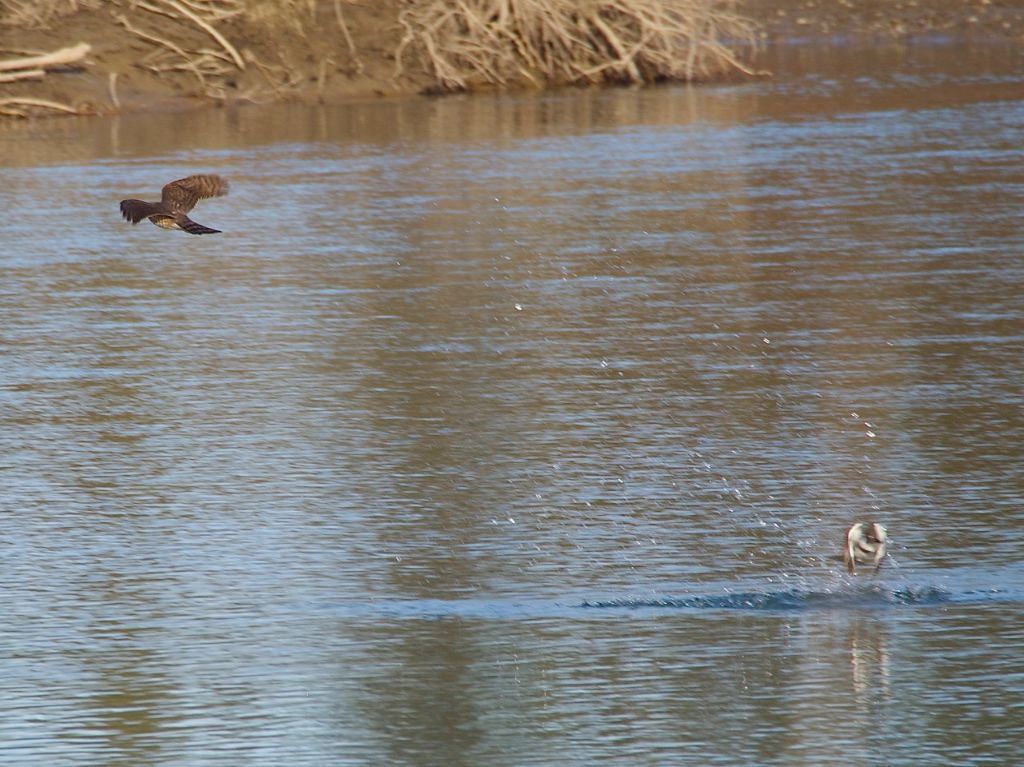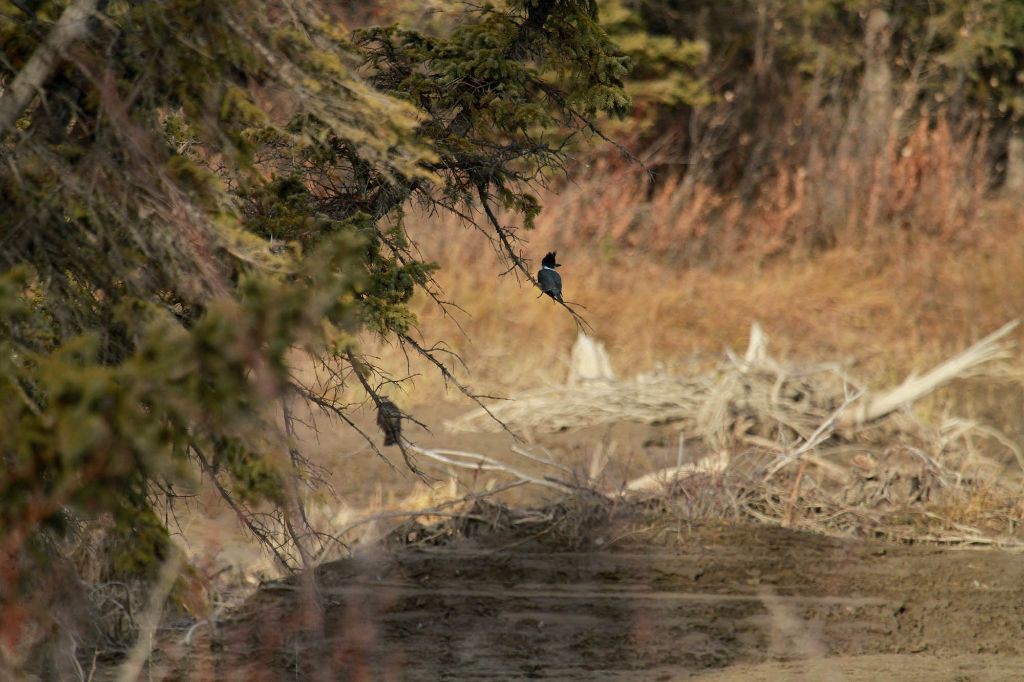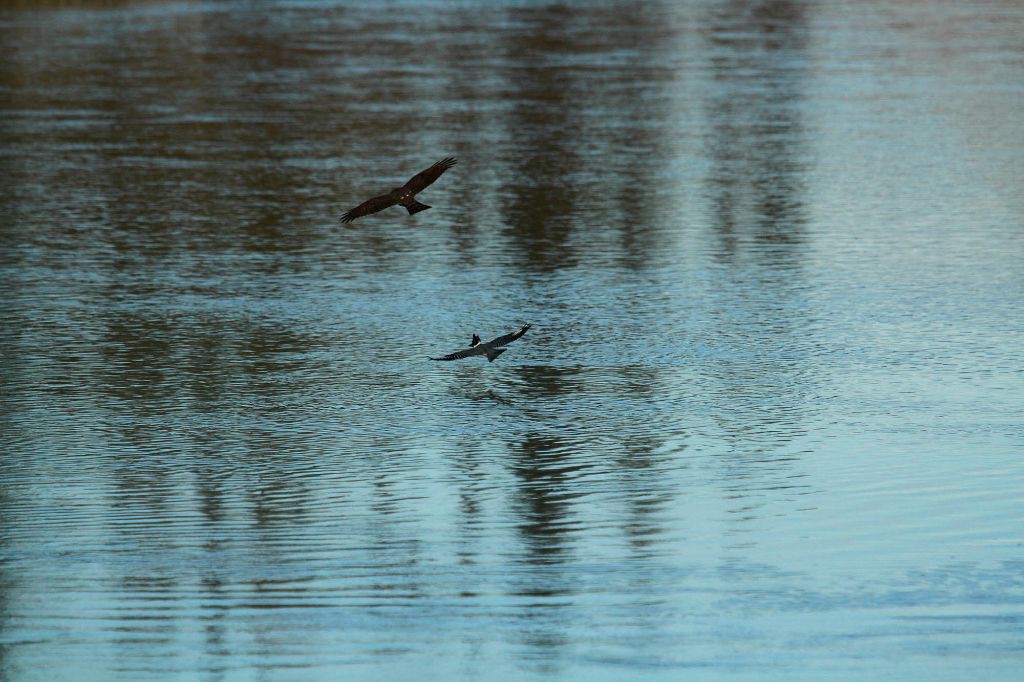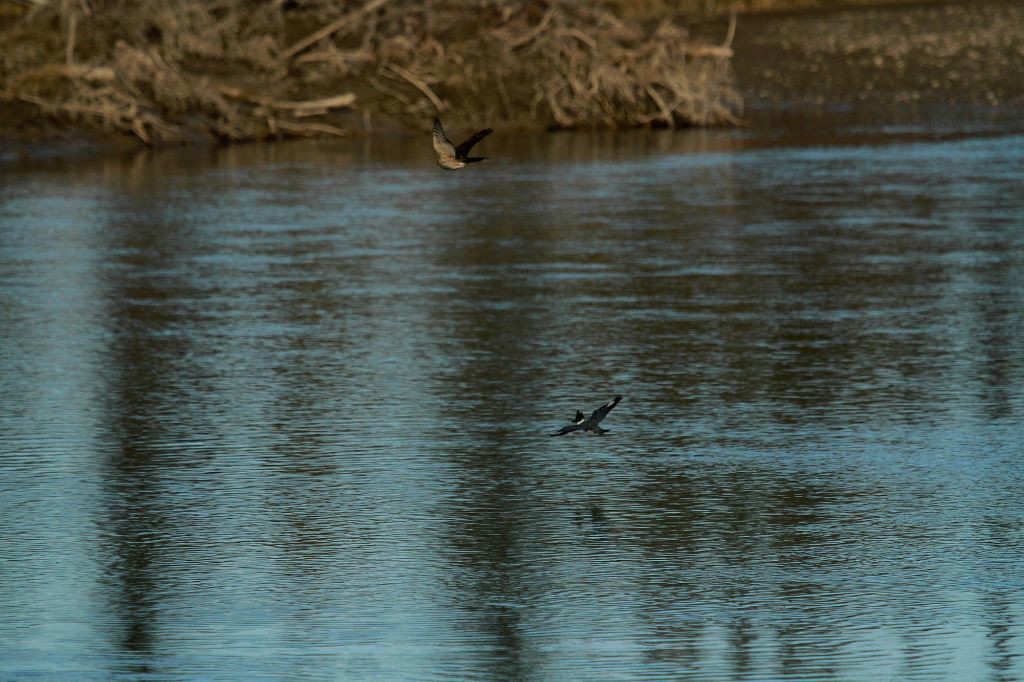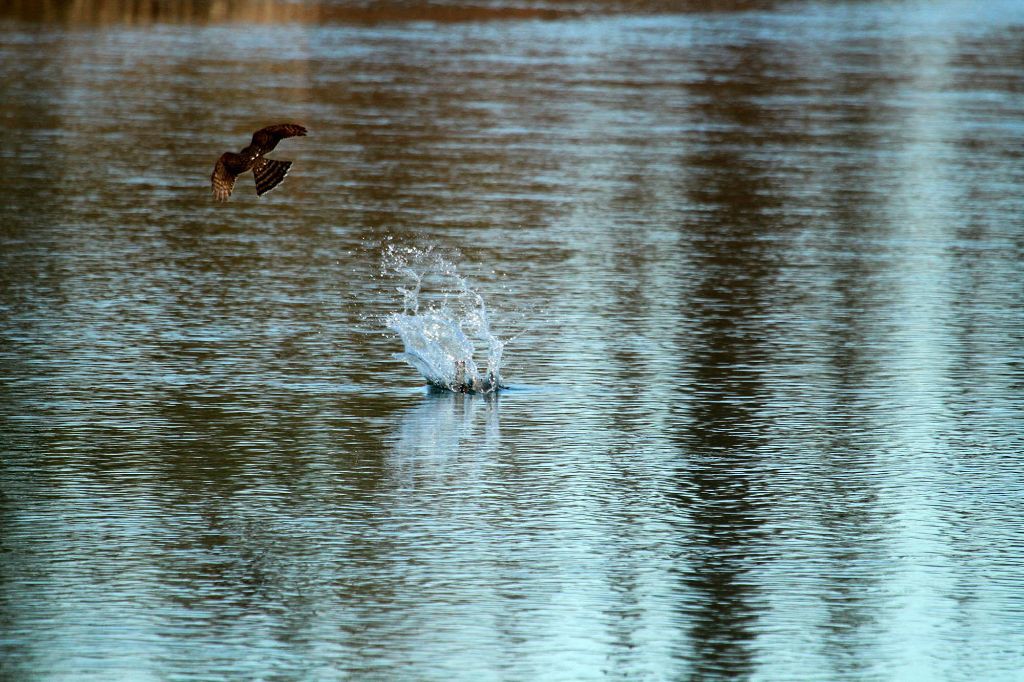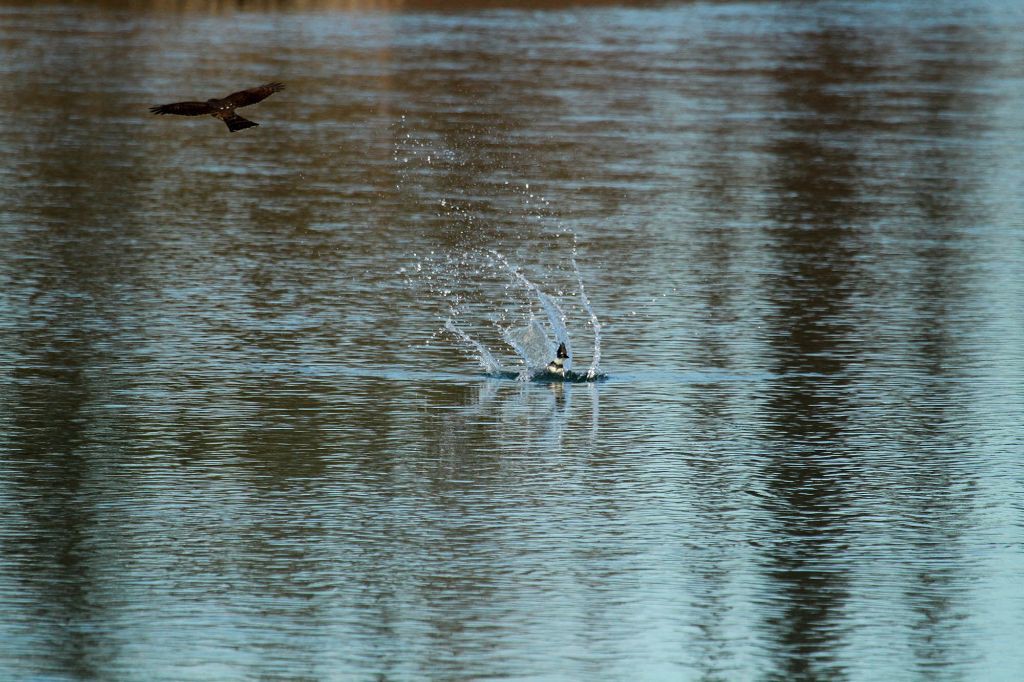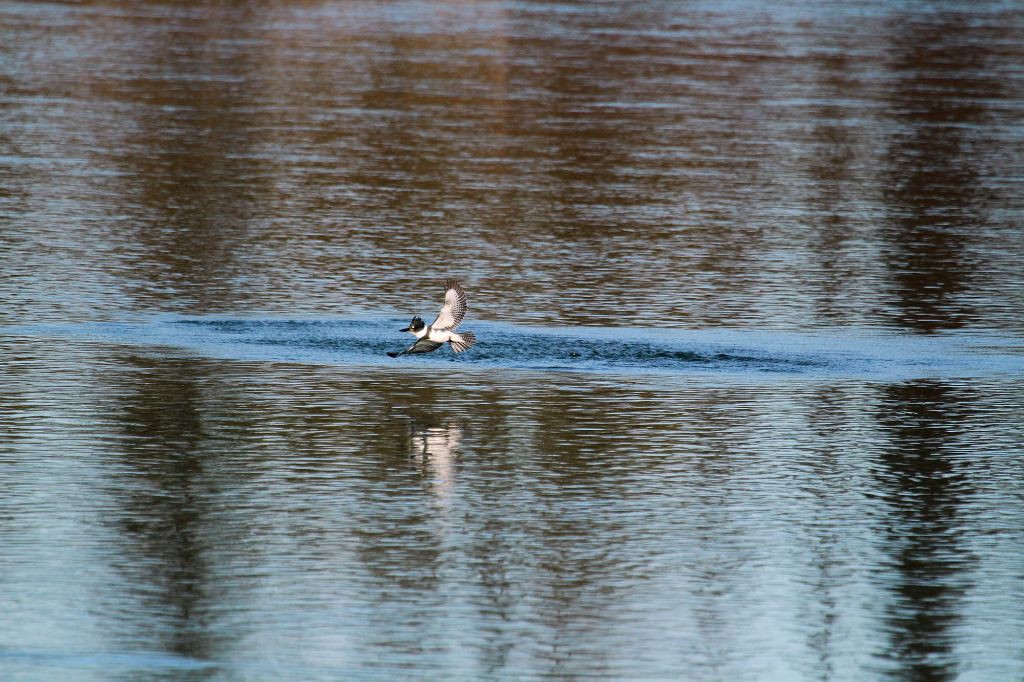Posted by Bob Lefebvre
I think that most birders would love to live in a world with stable and prospering bird populations so that we could study and enjoy birds merely as a pleasurable hobby. Unfortunately that is not the case, as birds and other animals face serious threats almost everywhere on the planet. Many birders now spend much of their time and energy trying to combat habitat loss and other threats to the birds.
Traditionally, a typical birder is middle-aged or older. It is often a hobby taken up seriously by adults after their children have left home. When we get together for meetings and field trips, the majority of us are over 50 years old.
The percentage of the population that is interested in birds and birding is quite large – birding is second only to gardening as a hobby in North America. But only a small percentage of those backyard birders do it seriously. Consequently, our political voice is not as strong as it could be, or as it needs to be to effect positive changes for our natural world.
Most children have an innate fascination with nature and truly enjoy seeing birds and animals, and learning about the natural history of the earth. Unfortunately this eagerness to appreciate nature is often not fostered, resulting in a waning interest in nature and a lack of awareness of environmental issues. We need to raise a new generation that can be a strong voice for conservation.
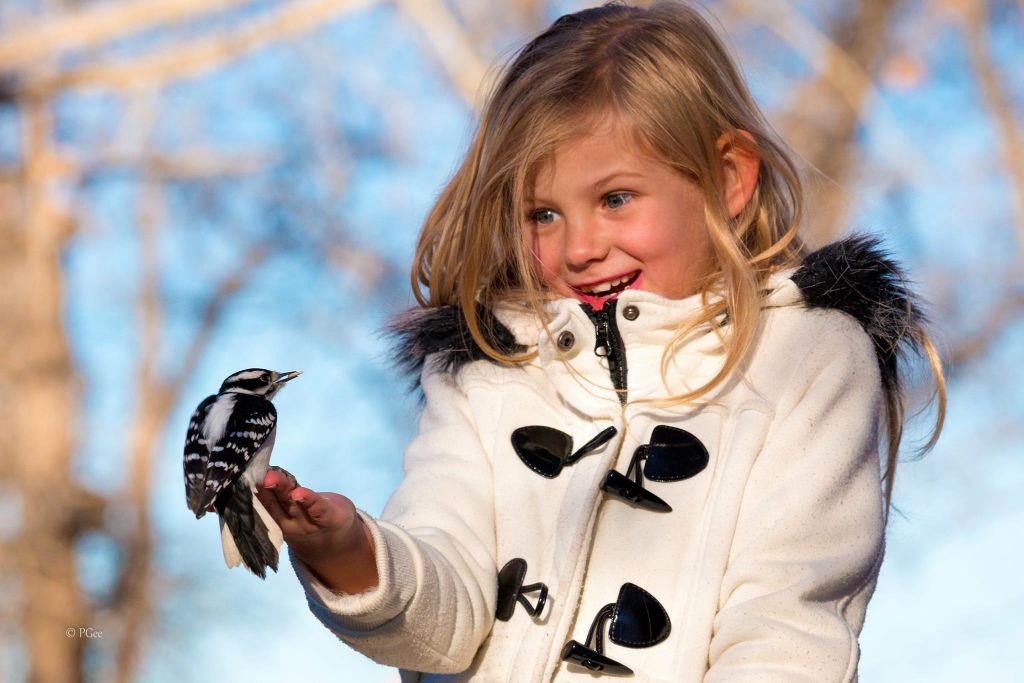 Photo by Paul Gee. Many of us have seen a look of delight like this when sharing our birding experiences with children, or with adults who are new to birding.
Photo by Paul Gee. Many of us have seen a look of delight like this when sharing our birding experiences with children, or with adults who are new to birding.
One of the most important things we can do as birders, as parents, grandparents, aunts and uncles, is to teach the children in our lives to respect and understand nature, and to be a force for conserving and restoring our natural heritage. This is one of the main motivations for many of us who do things like writing for bird blogs, leading field trips, running bird counts, and organizing birding competitions.
There are many opportunities to get and keep kids interested and involved. Nature Calgary offers many field trips of all kinds, which are free and open to everyone. Children can attend as long as they are accompanied by a parent or guardian. Similarly, the Friends of Fish Creek birding course welcomes any paid adult participant to bring children along, for which they are charged only a nominal $5 fee per child for the entire course.
One of our goals in organizing the eBird Calgary 2015 Big Year birding competition was to try to encourage more children (and adults who are novice birders) to get involved in the local birding community. As of today we have 23 beginners, and 13 youths under 17 registered. We would love to have more, and the deadline to enter is Tuesday, March 31.
If you can’t get out with your kids, there is still a lot you can do. I know of one parent in Calgary who takes his three kids on a nature walk to a new location every Saturday – just to get out and enjoy the birds, mammals, flowers, and trees. You could do this in your own yard or local park. You can also make a point of regularly watching nature shows on TV with them, and encouraging them to read about nature.
I ran into one of the youths in the competition early this year, and talked to his mother about his interest in birds. She regularly drives him to various parks and other locations to look for birds, and told me that birding has changed their lives. The following is an excerpt from an email she sent me:
In an age where kids are connecting more with social media and video games, I am very grateful that my son is growing up connecting to the natural world by his own choice. I have not yet bought him a cell phone because I want him to be in his world first, thinking and aware, without electronic distraction. Birding really requires that one is fully present…and it is clear he is learning to use his senses to hear and see birds. Through birding, he is excited to sleuth out (this is a phrase he has used with me) new species; happy to spot birds that he’s only seen in his books or posted by others.
I really should write the producers and actors of the movie “The Big Year” to thank them….that movie lit the fire for my son’s interest in birding. His next steps were birding sites like Nature Calgary and then eBird. Although he still likes a few video games, a good deal of the time he is on eBird, reading his new Sibley’s, looking at his photos…or now setting up his Flickr account.
Birding HAS changed our lives. We were pretty stuck inside, lots of screen time (computer and TV) and it seemed like I was always instructing him on something or asking him to stop the video games on the computer. Ours days were often not as positive as I would have liked. It is delightful to have birding where he is on point rather than me – both for technical content and motivation. I view this as a natural progression of independence for him and it’s wonderful for me to relax and just be with him. When he found the Northern Saw-whet Owl the other day we were both jumping up and down and high-fiving it in the frigid weather 🙂 He was thrilled to find it (our second trip looking) and it’s great to see him so happy. Those are golden moments for me…both to be included in the find and to celebrate with him. Our birding trips are some of our happiest times together. He researches and plans, I drive, the world slows, we look and listen…and companionably walk together. Wow, that’s really what I want in life right now….for both of us!
I am acutely aware that my time with my son is limited; soon (4-1/2 years) he will be off to University. Birding has refocused our priorities and energy towards something rewarding and enjoyable and it’s getting us out and moving. I really believe that birding is drawing us closer while providing him with a pursuit he can call his own his whole life. It’s the best of what we like – books, travel, a worthwhile quest… and beautiful birds. My son said it himself the other day: “Birding really helps you appreciate things.”
What a gift it is, for both the child and our world, to be able to instill that sense of wonder and belonging. I welcome you to share this post, and to please share with us your stories of how connecting with nature has affected your lives.
birdscalgary@gmail.com



















